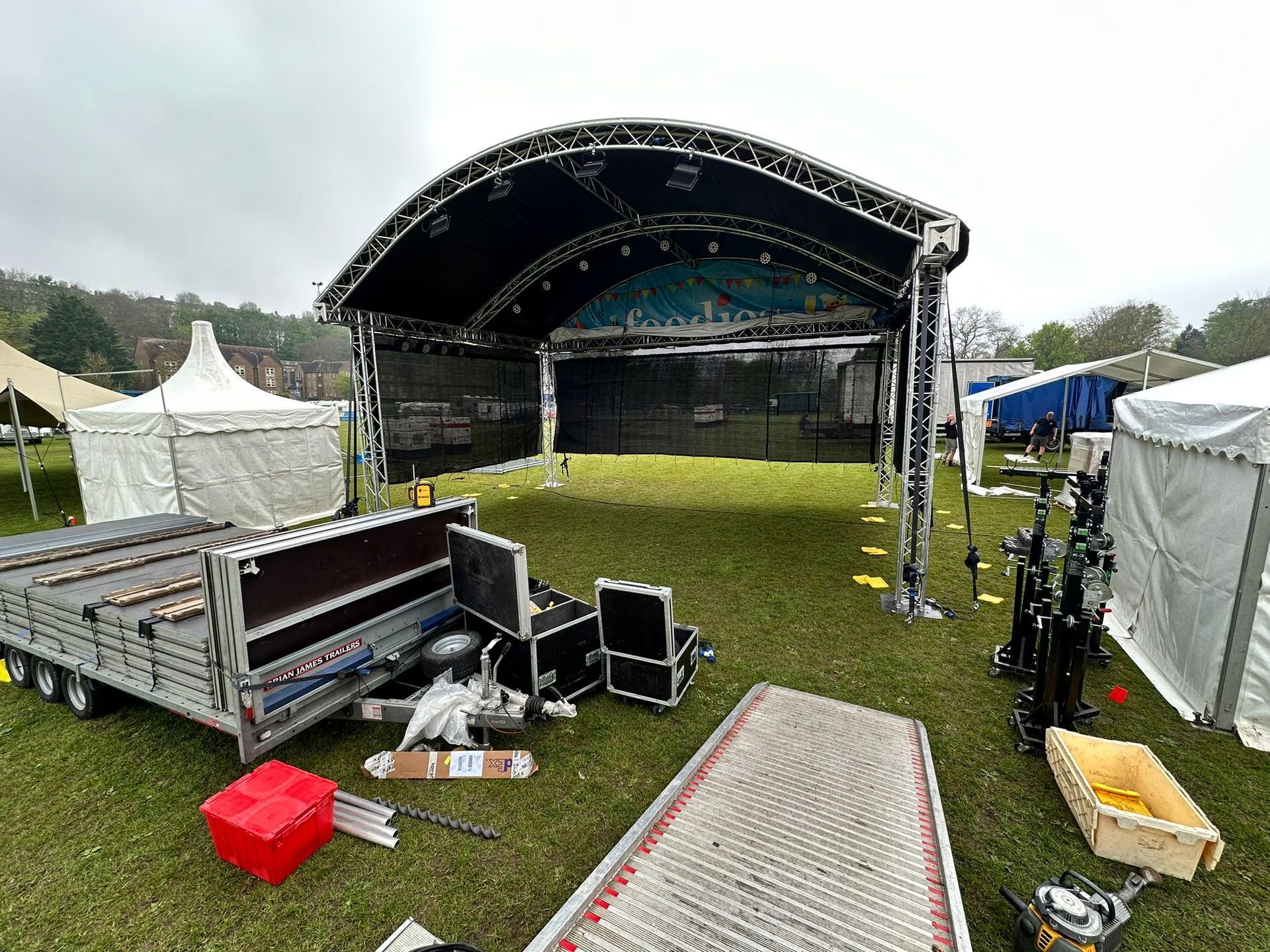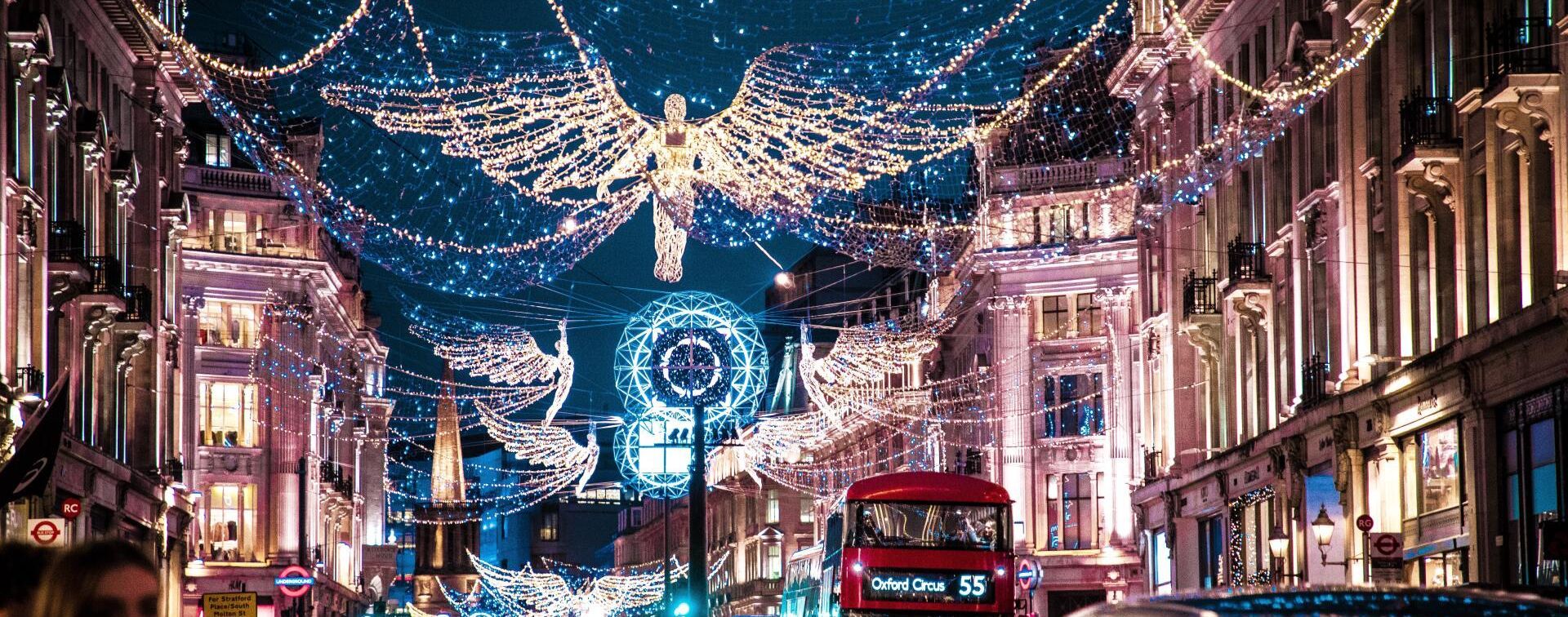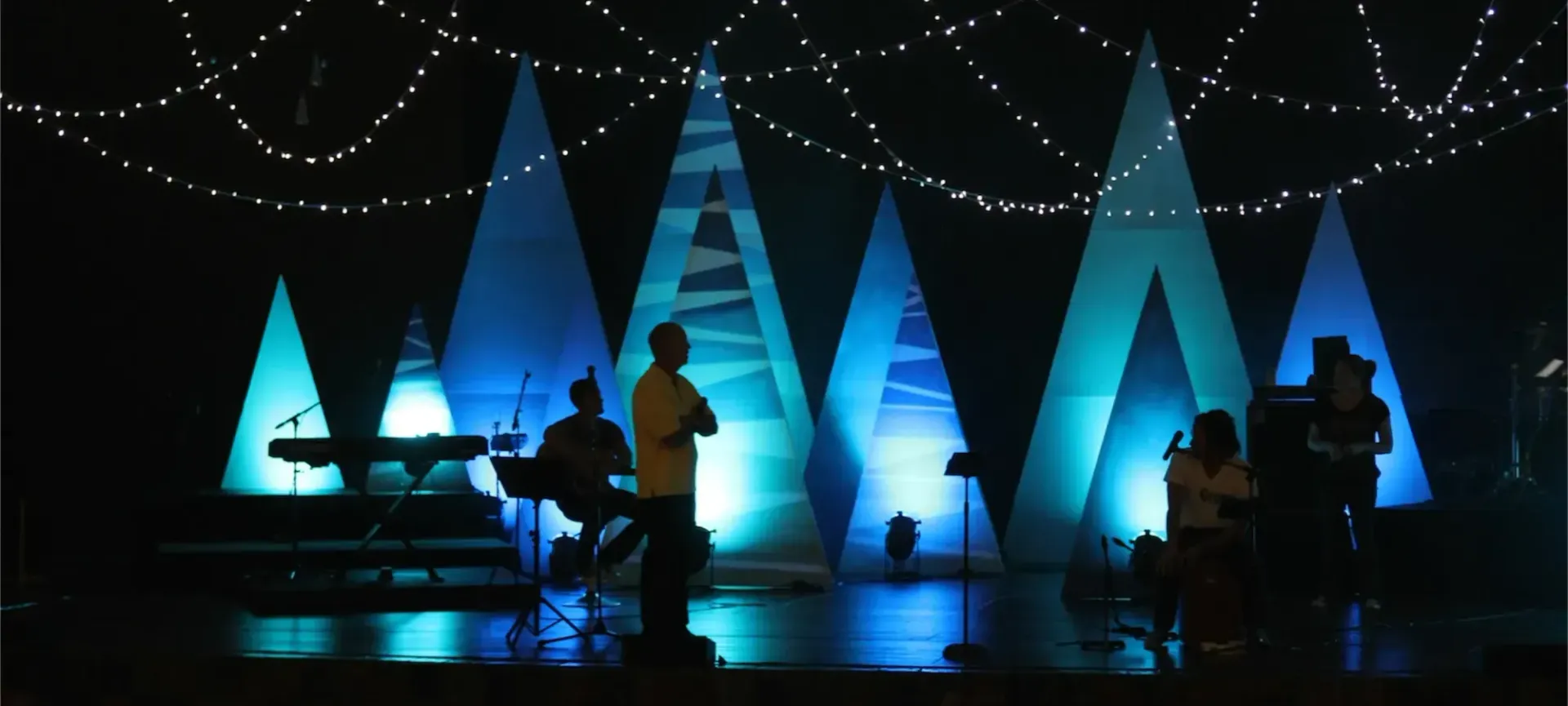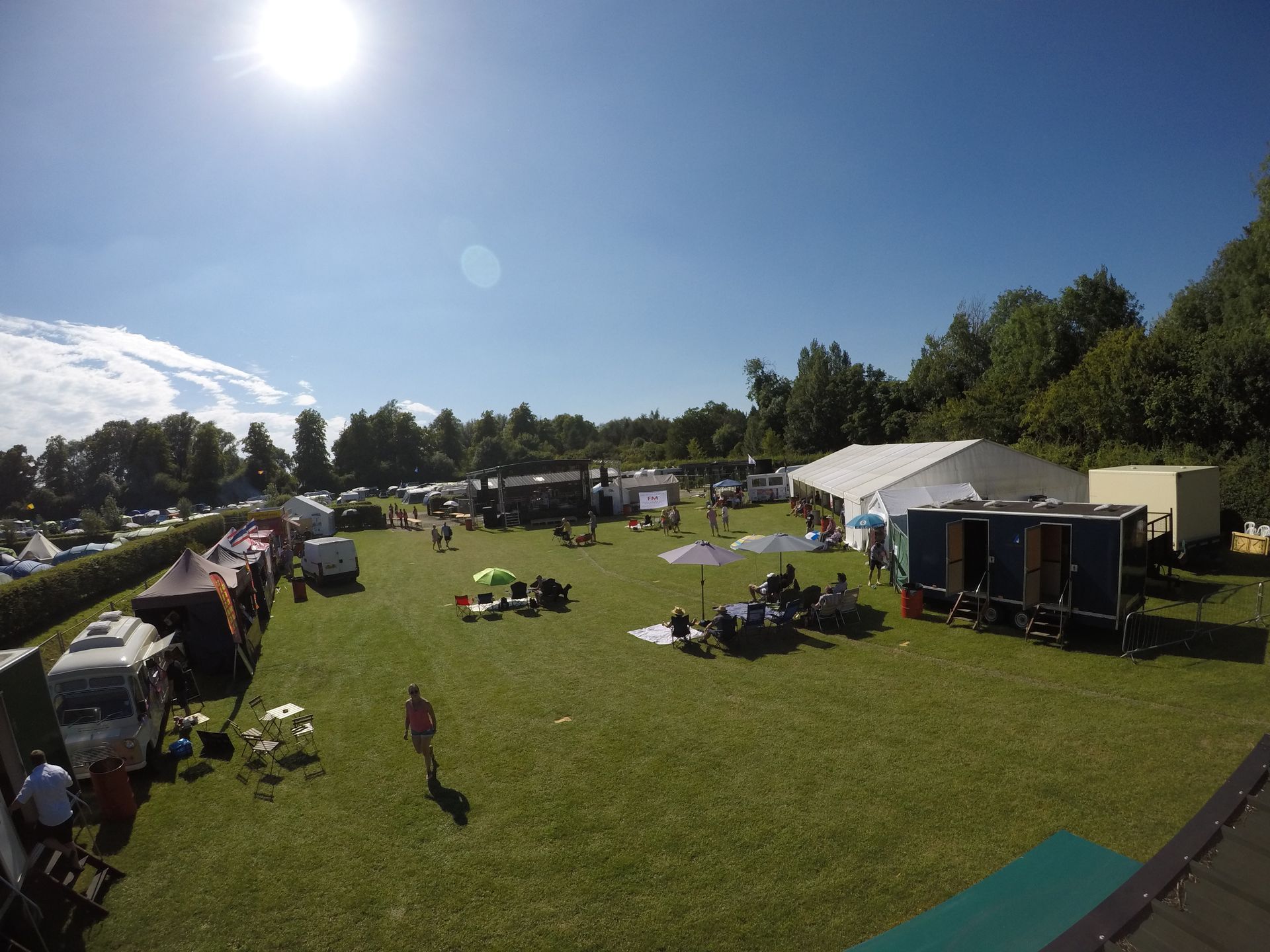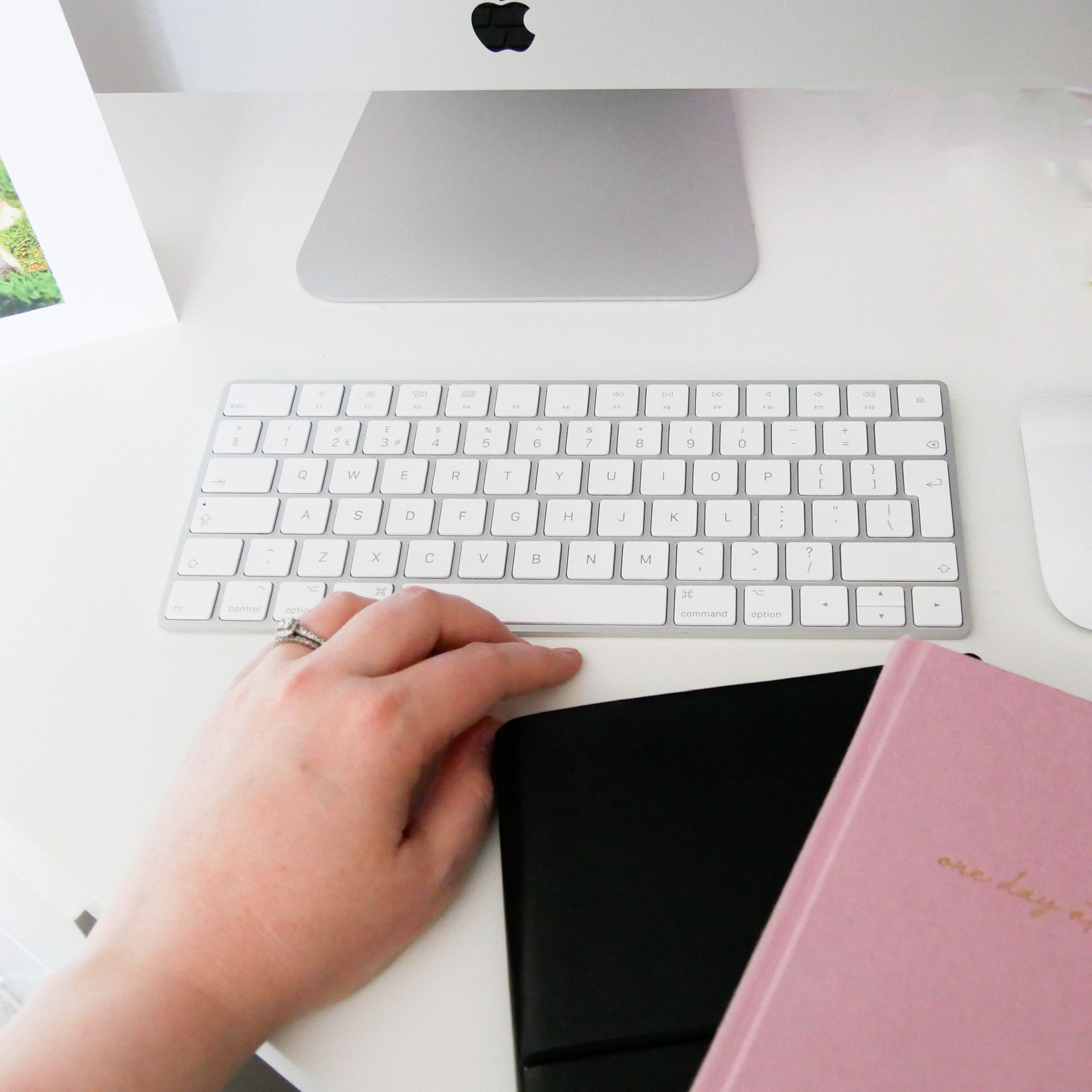Martin Ruff
Speakers and Amplifiers: a brief insight
There are lots of different types of speakers for lots of different jobs, but these are three main types that we can generalise for stage shows.
Full range speakers
These are the main driving force of the Front of House PA system. They produce the high frequencies down to the mid/low frequencies in the sound spectrum. We have point source full range speakers and Line Array full range speakers.
Point source is basically where we point the speakers in the direction we want the sound to travel, and add extra speakers if we need to cover a wider area.
Line Array system work a little differently. We hang (or stack) one speaker on top of another. This close coupling effect works to produce a controllable wall of sound. The more speaker boxes we couple together the more the coupling effect works to spread the sound out in a linier fashion and the more the sound is projected forward.
There is a lot of science to it, but it means we can control more effectively where the sound travels to.
Sub-Bass Speakers
These are used in conjunction with full range speakers in larger PA systems. These speakers are dedicated to the production of really low frequency sounds that the full range speakers find hard to produce at high volumes. If you have ever been to a concert and felt the chest thumping bass, then it’s these speakers you are feeling.
Stage monitor speakers
Stage monitor speaker are the one you see pointing back at the band so they can hear what is going on. These are normally very similar to the full range speakers but are a wedge shape, to ensure the speakers face up at the band from the floor. Generally, each member of the band will have one, although larger bands share between them. Each of these speakers has a different signal than the next, and the sound engineer can control which sound sources (Microphones, instruments, etc) are sent to each speaker, as different members of the band will want to hear different things.
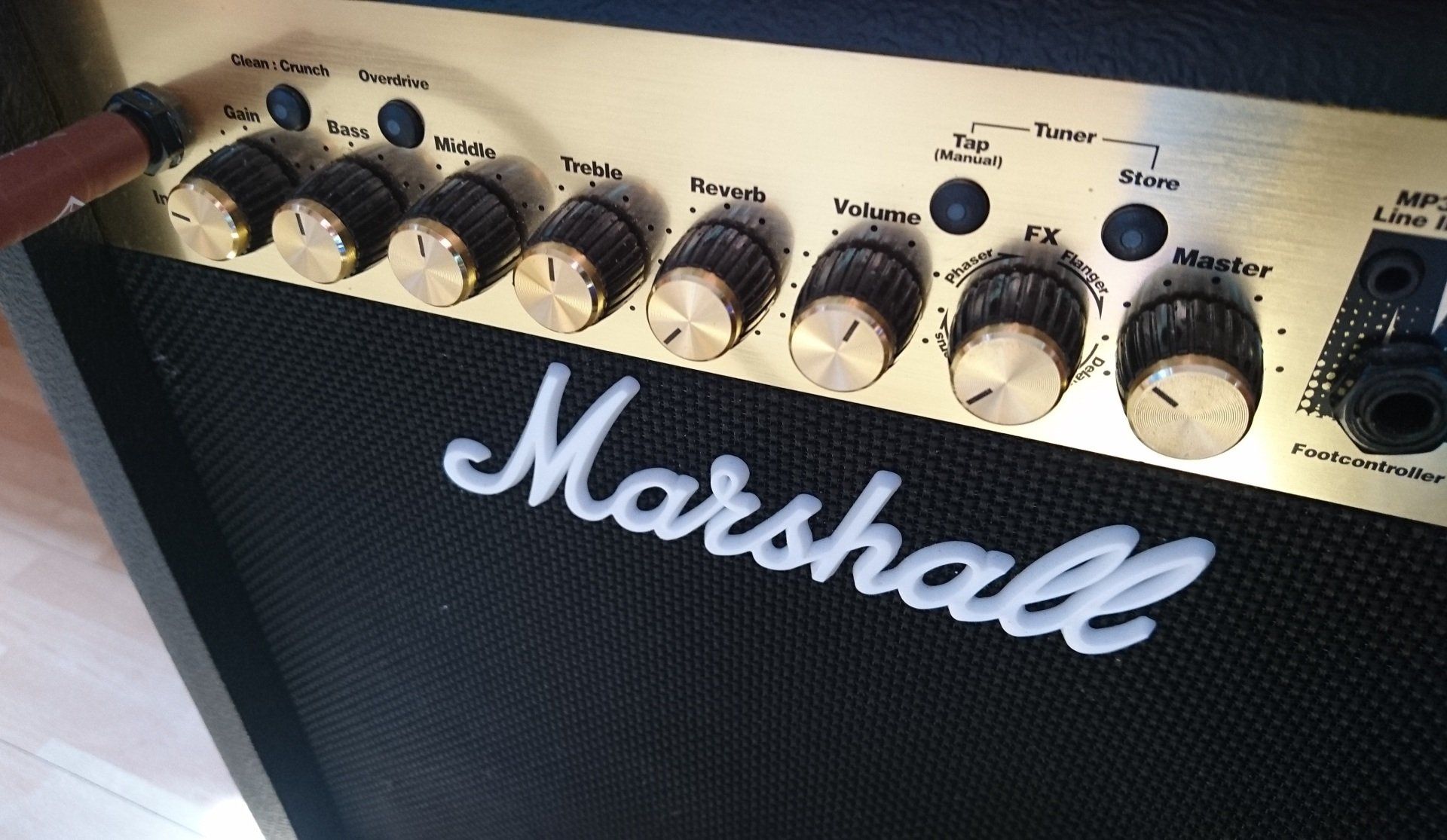
Most amplifiers in a sound system work in the same way. Some are built into the speakers themselves and some are separate from the speakers, but for any speaker to work it must have an amplifier. The only real difference between amplifiers is the amount of power it produces and the number of separate channels it has.
Sub-Bass speakers take the most power from an amplifier, so we generally have quite powerful amplifiers to power them, and generally one amplifier channel per speaker.
Full range speakers also take quite a bit of power, but we do often pair speakers together on one amplifier channel, especially in line array systems.
Stage monitor speakers would normally have one channel each, as we need to send different signals to each one.
We split the sound between the full range speakers and the Sub-Bass speakers using a processor called a cross-over. The crossover stops the really low frequencies sound from being sent to the full range speakers and stops the high and mid frequencies from being sent to the sub-bass frequencies. This stops any of the speakers from being damaged by having the wrong frequency sounds going through them, but also makes a nicer sound with each frequency of sound only coming from one place. Otherwise the sound can get a bit muddy.
There is a lot more to a sound systems than this, but this is a basic overview.
Let us know if you found it helpful.

